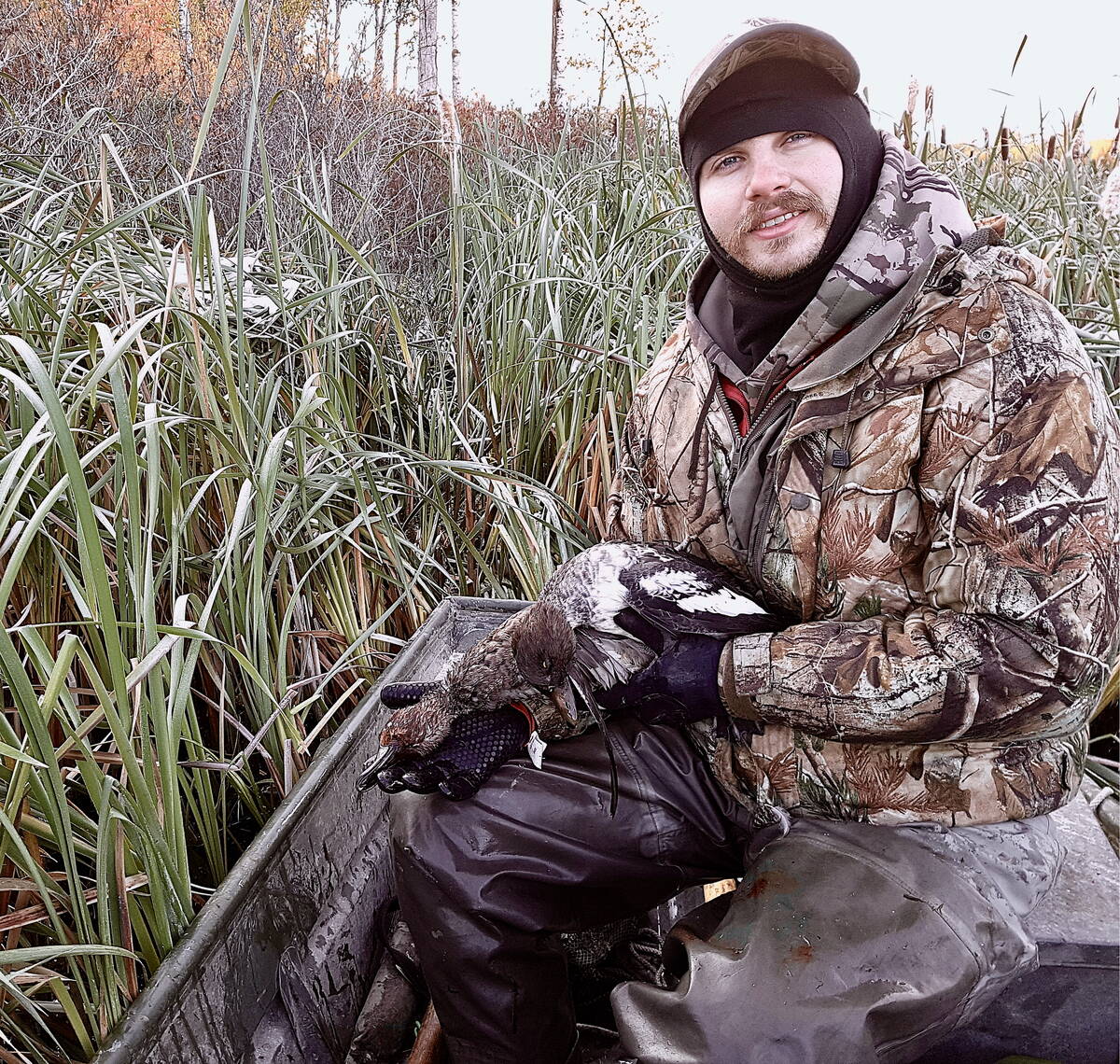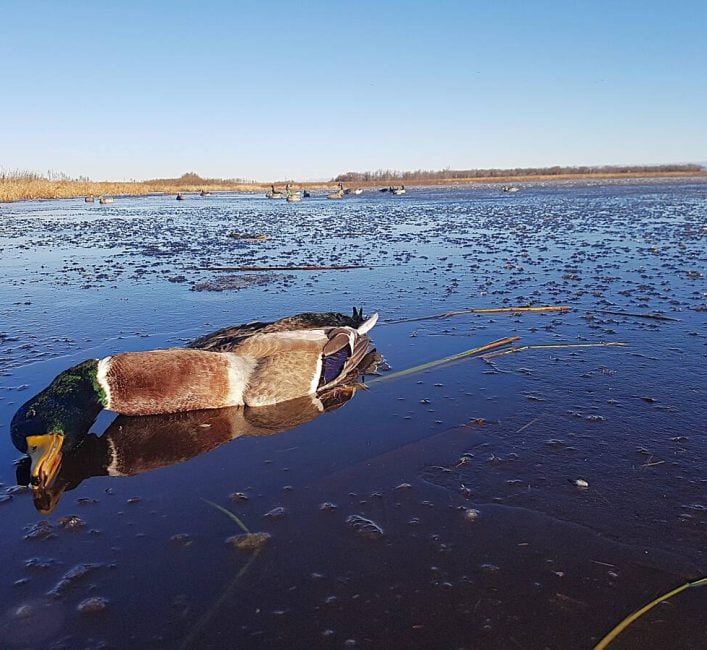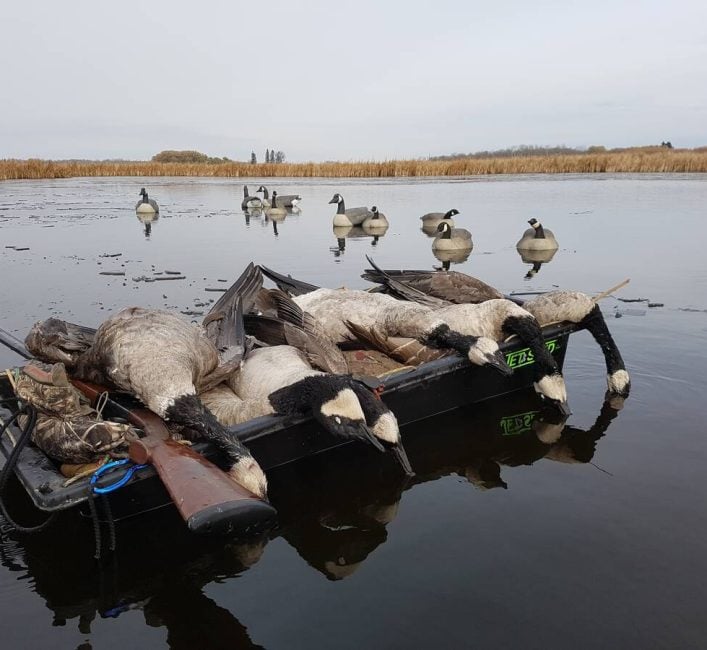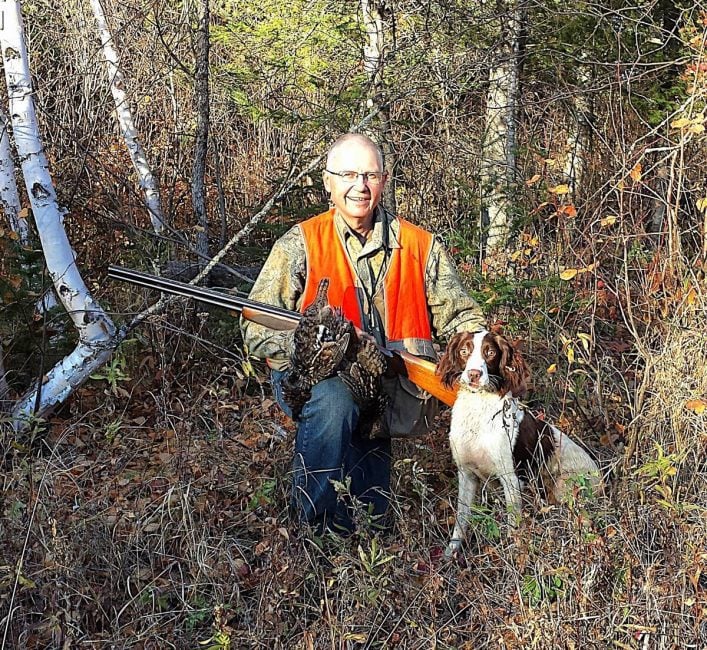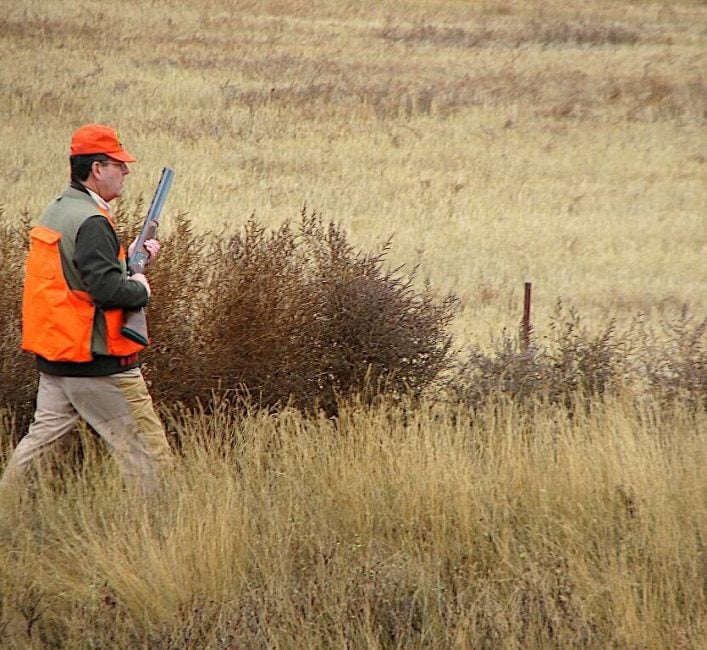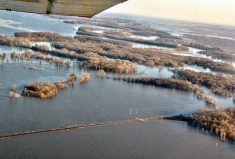Only the most persistent bird hunters take advantage of the late season as they’ve figured out that these trips produce some of the best hunting experiences of the year.
For myself, I treasure hunts in the late season. Almost everyone has already packed up their gear, and the birds taken are in peak body condition.
Bagging ducks and geese
Read Also
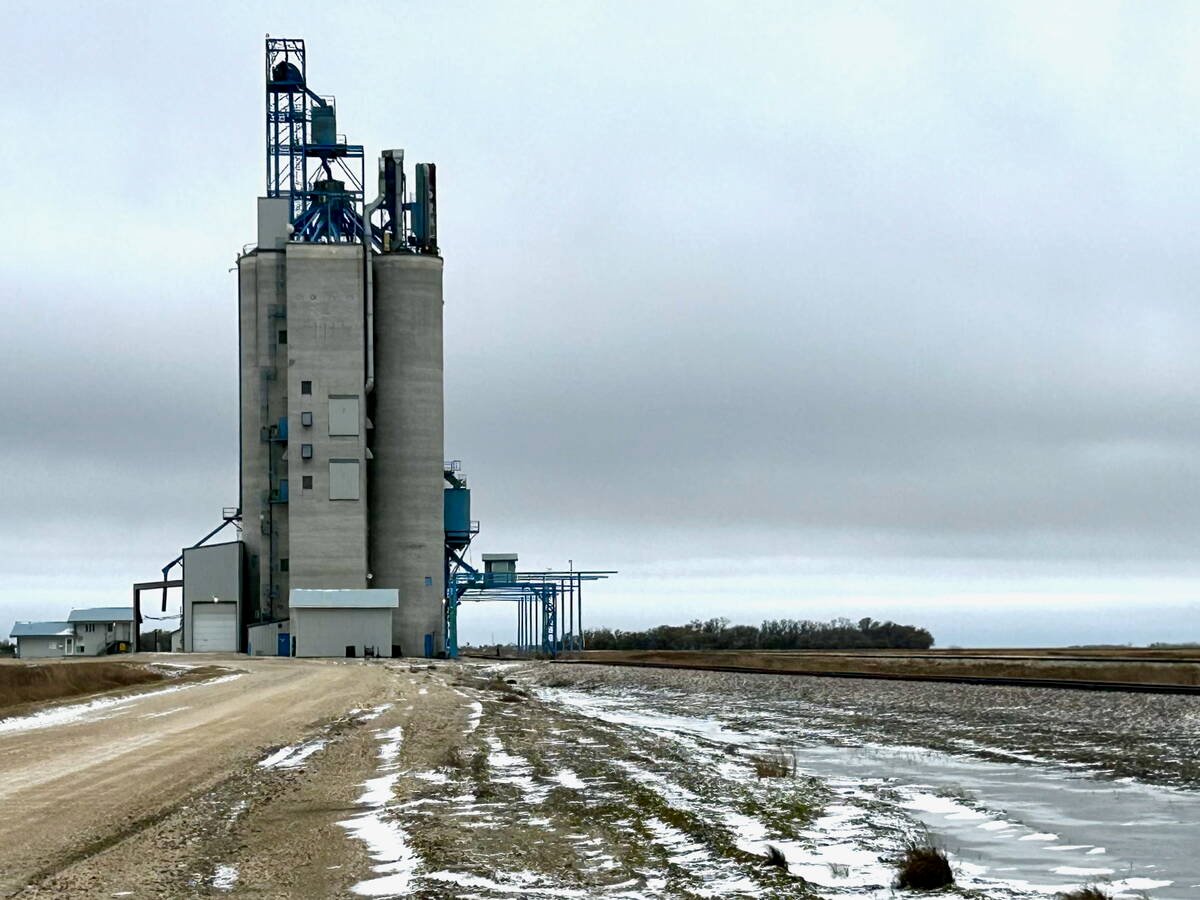
Manitoba grain elevator ownership expands
Carman-based Linear Grain buys Fannystelle elevator from Bunge, another three elevators sold to Morden’s BP & Sons Grain and Storage Inc.
Not all waterfowl have migrated yet, providing they have access to open water and high-energy food supplies. For geese and mallards, that usually means farm fields where waste grain can be accessed. For diving ducks like “bluebills” (scaup and ringneck ducks), redhead, goldeneye and bufflehead, ice-free lakes and larger marshes laden with submerged plants and invertebrates may keep them around.
Our variable weather is especially mercurial in late fall. An early, hard freeze will send birds south en masse. But if we get a late October that’s cool enough to freeze smaller wetlands, but not bigger water bodies, that can create conditions for magical hunts. Late season diehards may head to traditional staging areas like Delta Marsh, Whitewater Lake, Oak/Plum Lakes, Netley-Libau marsh and the Erickson lakes area, and start scouting. There can also be pockets of birds on Prairie rivers, other lakes and larger wetlands, but you have to go looking for them.
For goose and mallard hunters, it’s easiest to default to looking for field hunts. I have had a few and they are exciting, but I’m kind of a marsh rat. I focus on finding the last few water bodies holding birds. A hunting pal likes to say that late-season hunts over water require a good dose of “stupid” in one’s nature, because you’re probably breaking ice and standing in ice-cold water.
That’s a fair point, but with the right precautions, the risks can be managed.
Diving duck delights
A small subset of duck hunters lives for late-season diving ducks. Stable, flat-bottomed boats are pretty much mandatory in the larger, deep marshes or shallow lakes that are hunted. Some of my best late season diver hunts occurred on such lakes south of Riding Mountain National Park. The ideal time was when only a few of the larger water bodies with a history of diving duck use were left open. The aforementioned staging areas can also deliver late-season diving duck opportunities.
Divers seem to be constantly on the move, and they take traditional flight paths that may include narrowly defined “passes” within and between water bodies. Some diving duck passes have been magnets for generations of duck hunters who welcome the challenge of fast-flying birds.
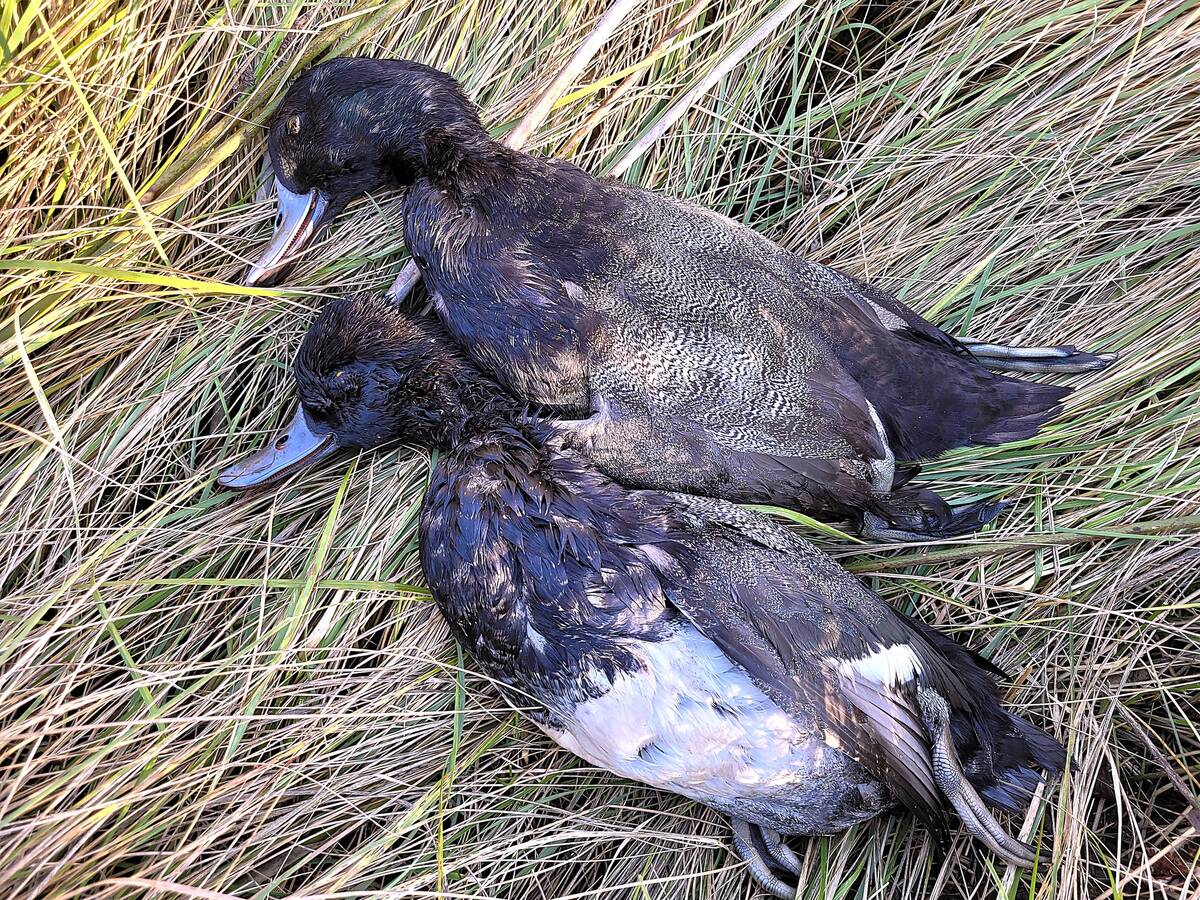
My brother found a lightly hunted but challenging pass decades ago, and he hosted quite a few hunters there over the years. One guest was an excellent skeet shooter but, at this spot, where high-flying birds lost altitude overhead, his tally was modest at best. He declared himself “humbled” and the name “Humble Pass” was born among our little group.
Another effective approach for divers is to hunt points where birds tend to fly close by and may be enticed into gun range with large spreads of decoys. If there’s a dry land point handy, that can make for a comfortable hunt by late fall standards. I was envious when a hunter described a favourite spot on a bluebill staging lake in the Whiteshell region. The point they hunted was a flat granite outcrop and a campfire could be kept in a spruce thicket nearby. Here, frozen hands were thawed and a few birds were roasted up.
Going for grouse
Keen grouse hunters are blessed with seasons that run until Jan. 1 and, since grouse hunting usually involves long walks through frosty landscapes, it’s not the “shiver-fest” that defines late-season waterfowl hunting.
My hunting life began at age six, when my brother and I started joining Dad on his quests for ruffed grouse. When I got old enough to carry a gun, I learned that the late season was as good or better than before the Thanksgiving weekend.
Ruffed grouse tactics don’t change much from early to late season. Birds orient to openings and forest edges close to dawn and dusk. At this time, walking trails as well as field and clear cut edges can be productive. As the day progresses, birds tend to move into heavier cover. I don’t often find them in open forests, so I usually work the fringes of thickets of willows, alders and even evergreens.
This is where an experienced hunting dog can do the heaving lifting. Once a dog figures out that most birds are in thicker areas, your task is to find a good spot on the edge and wait for a bird flush.
Later in the fall, the birds may forage more frequently in trees, picking for buds, catkins and the odd dried berry. It pays to look up now and then, especially at dawn and dusk.
Hunting with some snow on the ground has the added benefit that grouse will leave tracks. Fresh tracks are sharply-defined, while the edges of older ones are eroded a bit. Before I had a dog, I would often follow a fresh track and, on occasion, was rewarded by a grouse flush at the end of it.
The only change I have noticed with ruffed grouse behaviour late in the season is that they tend to go into heavier cover than might otherwise occur earlier in the fall. That might mean working closer to heavier thickets of willows or spruce.
The challenge of hunting sharp-tails
By late October, sharp-tailed grouse are a special prize in my books. In addition to being plump and fully feathered, they are harder to hunt.
Earlier in the season, sharp-tails orient to open areas at sunrise and sunset, but move into heavier cover — willow thickets, shelterbelts and forest edges — from mid-morning to mid-afternoon. The highest percentage of hunting success occurs when they move into cover and, when flushed, are usually well within gun range.
By late fall, however, they’ll spend more time in flocks and in the open. Ironically, the poorer the weather, the more they hang out in the open. Getting within gun range then may be possible in mid-September, but expect them to flush 200 to 300 meters out later on.
One blustery December day, my brother and I were out looking for sharp-tails. We saw lots of birds flocked up in open country but, if we flushed them, they just flew off and landed in the open again. Finally, we spotted a flock close to the road and I thought a sneak was possible. I slipped into a ditch a few hundred yards away and crept my way to shotgun range. I hadn’t figured on an access road, but the culvert was big enough for me to shimmy through. I ended up flushing them in range, and was rewarded with one prize bird, the only one we took that day.
If you get sunny, warm late fall weather, the birds can move or be chased into cover to be hunted. Even still, be prepared for flushes further out than early season birds. I hunt with premium, one and a quarter ounce lead loads and at least No. 6 shot. I know folks who bias to one and three-eighths ounce, No. 4 lead loads at this time.
Partridges, no pear trees
The sharp-tail’s foreign cousin, Hungarian partridge or “huns,” are a lovely study in contrast. Like sharp-tails, they are open-country birds and hang out in flocks, but they usually flush in range when you first approach. They’ll flush in unison, giving you the merest of chances of to recover before they’re out of range, but if you can keep an eye on where they drop down, they may be split into smaller groups who won’t wander far. This will be when your chances improve.
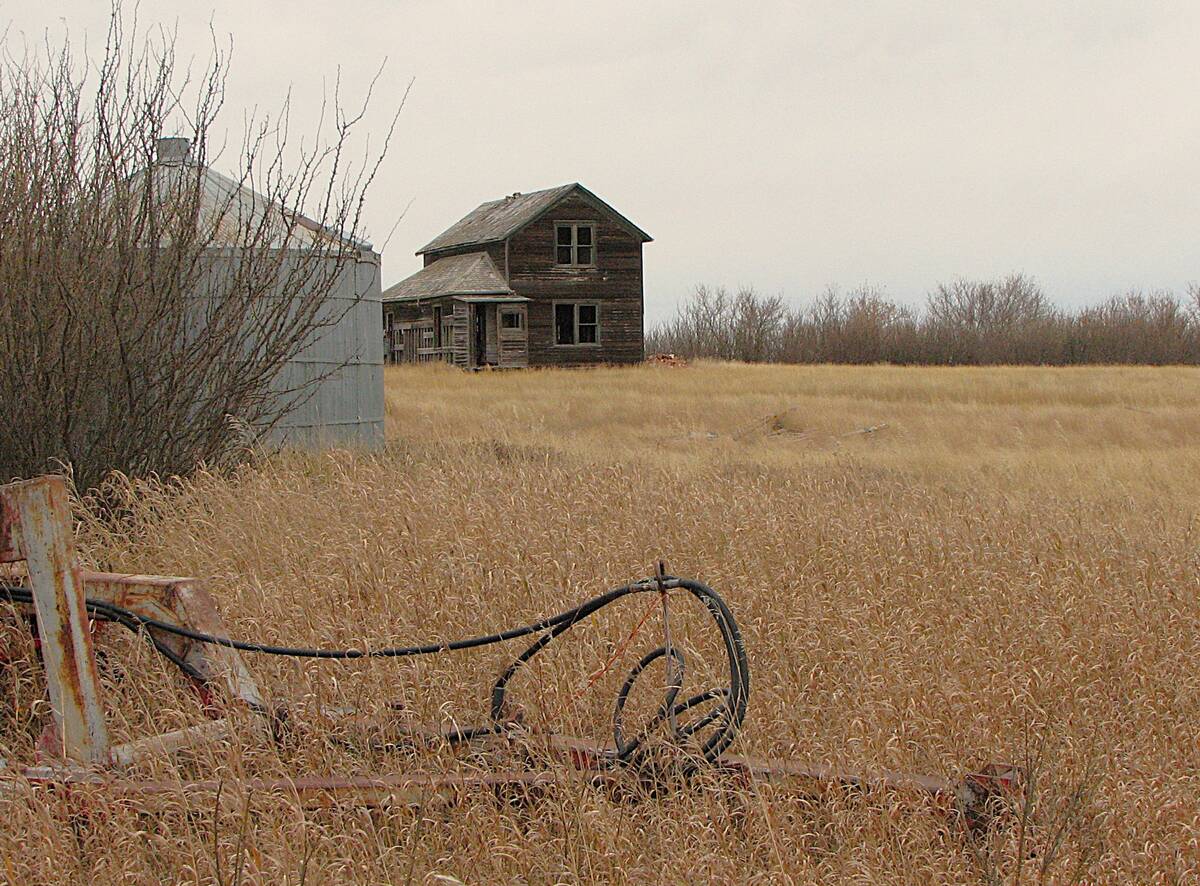
In Manitoba, good hun hunting can be hard to find. The most consistent area is the province’s southwest corner.
My only late-season hunt for huns occurred at the end of October in southern Saskatchewan, where they are more abundant. There, it was fabulous. Abandoned farmsteads in grain farming country provided the best action. We also found a few close-flushing sharp-tails in shelterbelts around mid-day.
Extend the 2025 hunting season
If you love bird hunting, think hard about extending the season well into November and, for upland birds, all through December. Be prepared for the weather and conditions, and don’t be surprised if you discover a little bird hunting magic.


